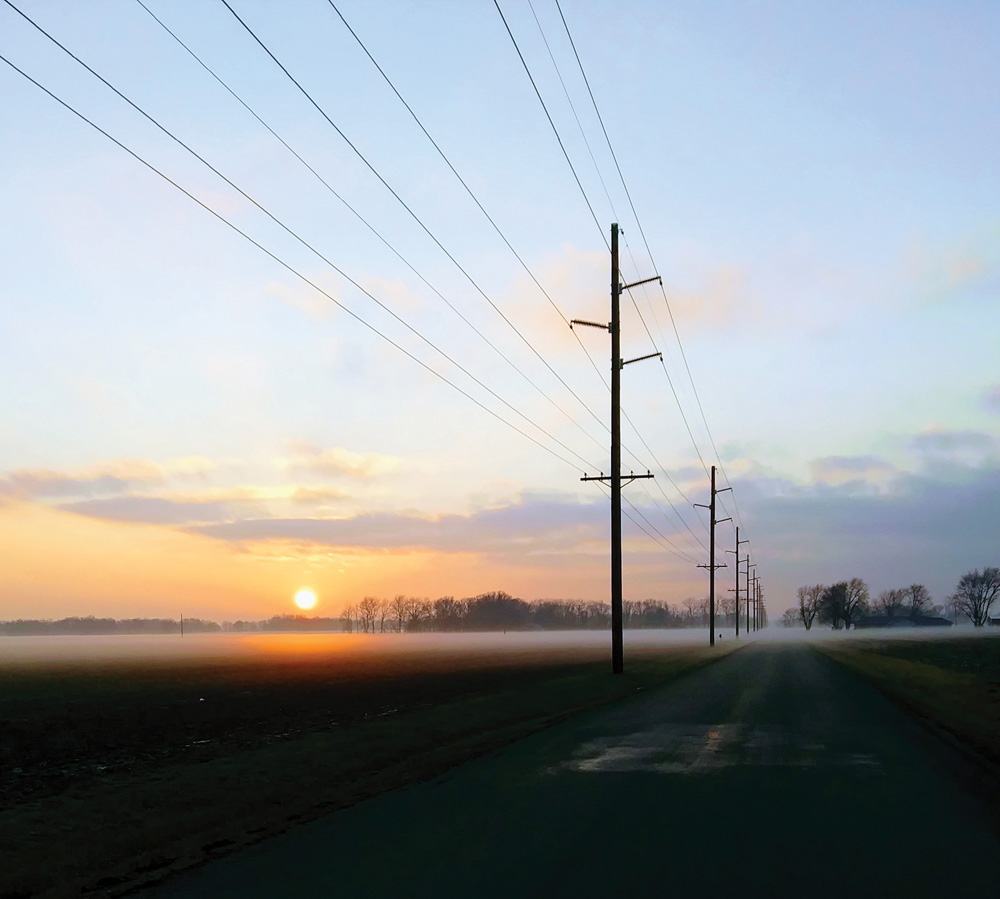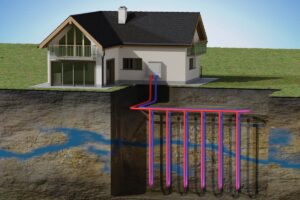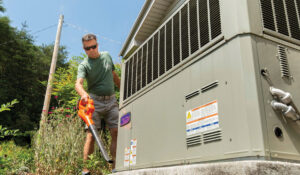Dear Pat and Brad: I’ve heard heat pumps can be a good alternative for heating my home, but it looks like there are several types available. Can you explain a few of the most common options? – Brett
Dear Brett: I think it’s a good idea to consider a heat pump for your home. The technology has improved a lot over the past 10-20 years and is likely to be at least 20 percent more efficient than what you have now.
Newer models can operate effectively in sub-zero weather, but sometimes do so by switching to electric resistance mode, which is much less efficient. In a colder climate, it may be worth investing in a dual fuel system where propane or another fuel provides supplemental heat on extremely cold days.
Ducted heat pump
If your home has a forced air furnace, a centralized air-source heat pump can work well. A compressor that looks like an A/C unit is connected to your home’s existing duct system. Like your furnace, the temperature is controlled through one main thermostat. This is a solid solution if your system has quality ductwork that heats and cools every room evenly, which is rare.
Long supply runs provide little air to some rooms, and it’s typical for some to lack return air registers. If leaky ducts are located in unheated areas such as crawl spaces or attics, it will increase your heating and cooling costs. Poor ductwork will render any kind of central heating or cooling system much less effective. Some HVAC contractors can repair ductwork problems if it is accessible.
Heat pumps vary in efficiency, and this is measured in two ways. The Heating Seasonal Performance Factor (HSPF) rating measures heating efficiency and the Seasonal Energy Efficiency Ratio (SEER) rating measures cooling efficiency. The minimum ratings for a new heat pump are HSPF 8.2 and SEER 14. Heat pumps with the ENERGY STAR rating are significantly more efficient than the minimum standard.
Mini-split heat pump
If your home does not have ductwork or it is poorly designed or leaky, a ductless mini-split heat pump might be your best bet. With a mini-split heat pump, tubes connected to the outside compressor carry refrigerant to one or more air handlers, which are mounted high on a wall to distribute air. Thermostats regulate each air handler, providing control of different zones in the home.
In climates that don’t experience extreme cold, a ductless heat pump could supply all the heating and cooling in a small home. They are often used in combination with a central heating and cooling system. Ductless mini-splits are an excellent option if you don’t have central air ducts, your ducts are leaking or you only want it to heat or cool part of the home.
Geothermal (or ground-source) heat pump
Several feet underground, the temperature remains constant year-round, typically between 45 degrees and 75 degrees F, depending on latitude. Heat is transferred into or out of the ground by pipes buried in a loop 10 feet underground or drilled up to 400 feet into the earth. The pipes carry water to a compressor, which uses a refrigerant to transfer the heat to or from your home’s ducts.
A geothermal heat pump system is extremely energy efficient since the earth’s temperature is warmer than the outside air in winter and cooler in summer. This efficiency comes with a high price tag, which is the initial cost of installation.
Check with your local electric co-op for additional information and guidance. If you have a qualified energy auditor in your area, an audit could be a great next step, especially if it includes a duct leakage test. Then you’ll be ready to reach out to contractors and request a few quotes.
Photo: Ductless heat pump Photo Credit: Marcela Gara, Resource Media









